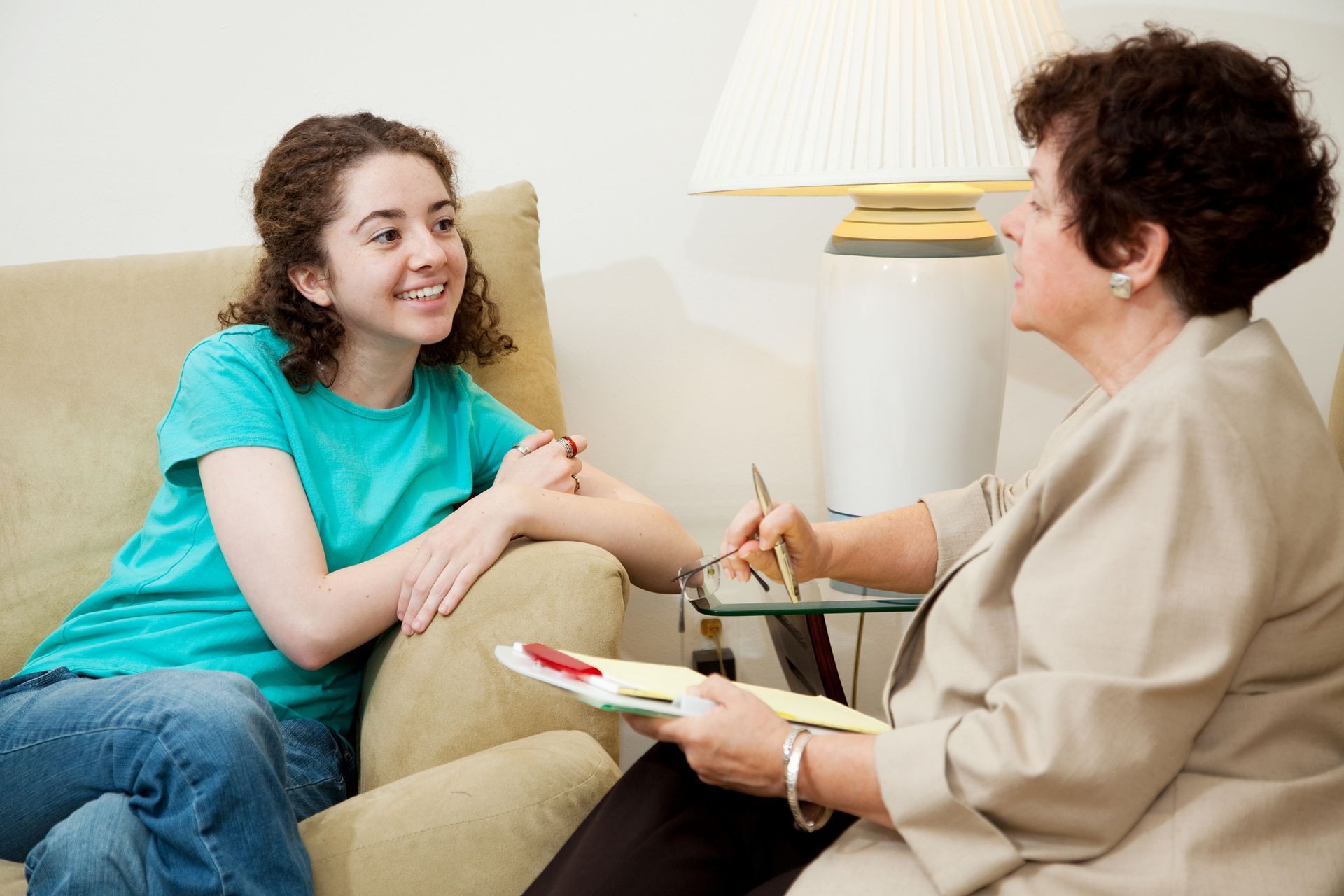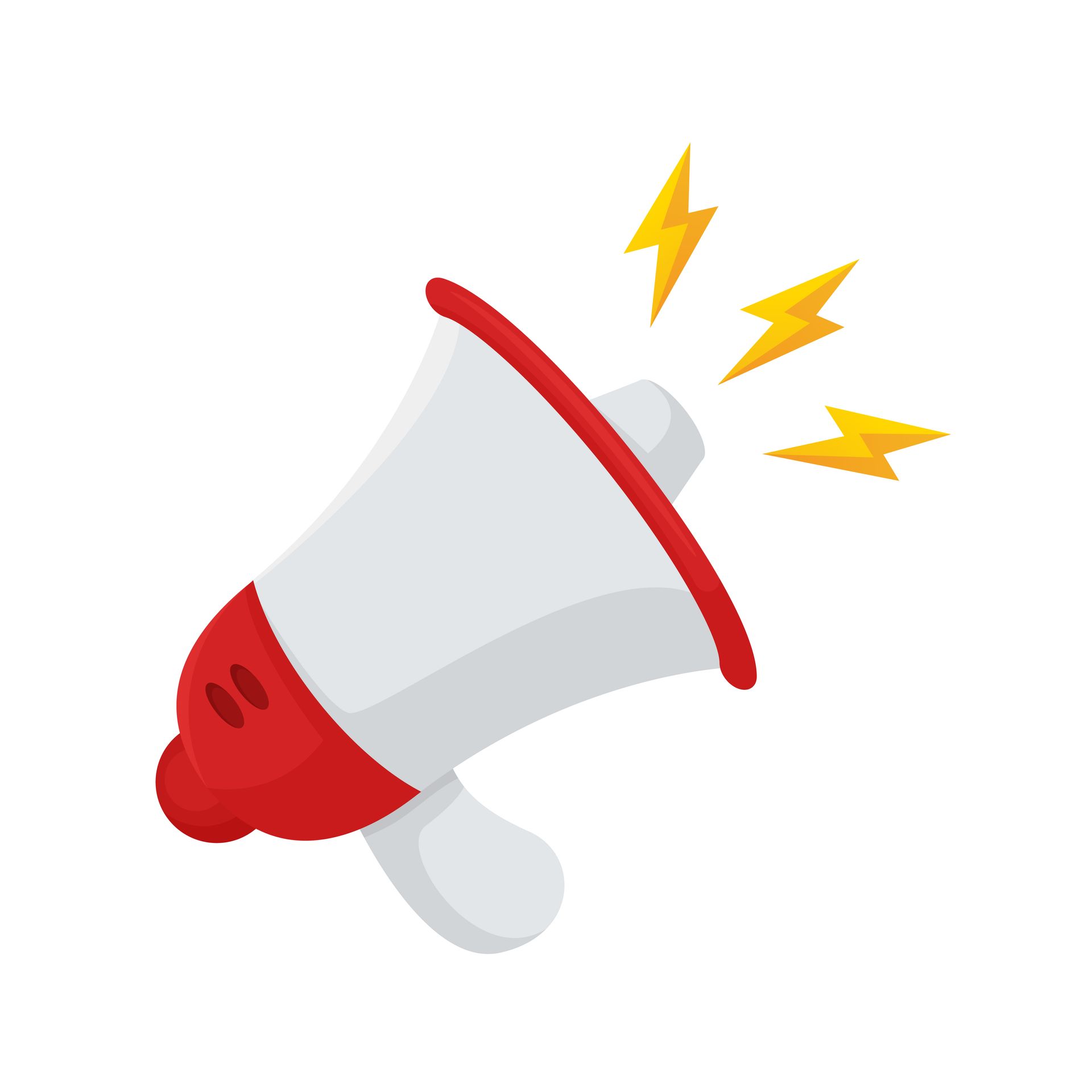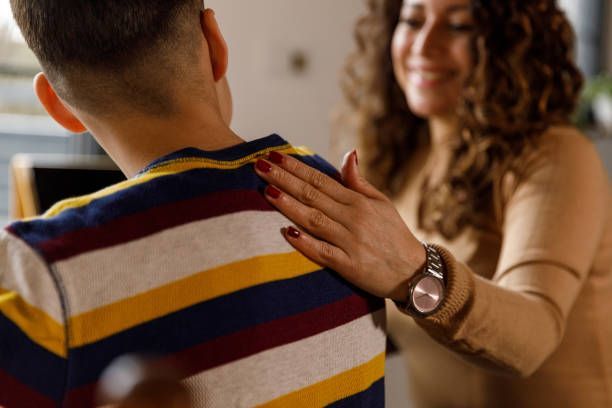The initial phone call was placed to Child and Adolescent Behavior Health (C&A) for clinical services for your child. After going through the Intake and Assessment process, your child was placed with a clinician (school-based or office) for services.
In the initial meeting with the therapist, the clinician and your child developed a service plan. The service plan outlines goals and objectives that would be covered while your child received treatment. During clinical sessions, your child and the clinician are working on steps to meet the service plan.
Working towards the end goal -discharge
In a case study, for example, your child came to C&A with anxiety issues. The client and the therapist would work on ways to reduce the anxiety your child experiences. The clinician would help the client establish three coping skills. In this case, those skills may include deep breathing, mediation and guided imaging. But just as important as the coping skills, the client and therapist will talk about what triggers the anxiety.

The service plan is being reviewed throughout the entire treatment process to ensure progress is being made toward the recovery goal each client establishes.
C&A’s Assistant Clinical Officer Jodi Santillo said once the client learns the triggers to their issue and is confident in the coping strategies to manage their situation, the case is closed and the patient is discharged.
Depending on the circumstances of each client and the pace the client progresses, treatment may vary from three months to one year.

What does the final session look like?
The final session is a review of the progress that has been made during the duration of therapy sessions. In the final session, the parent/guardian may be in the session and the individual discharge plan is reviewed. The discharge plan will include support for the child – the family and community support if necessary. At this point, we celebrate the success the child has made.
The family will complete some paperwork including an outcome report. Going back to our example of a child with anxiety, the provider may ask the child where they are now in dealing with anxiety on a scale of 1 to 10.
Santillo noted that confidentially continues after the child is discharged. A therapist cannot mention to anyone, even if seeing a child in public, that a clinician treated a child at C&A.
To learn more about the services C&A offers, call 330-433-6075.
RECENT POSTS












